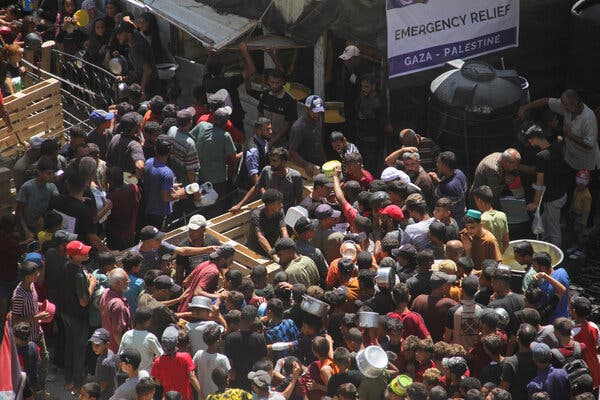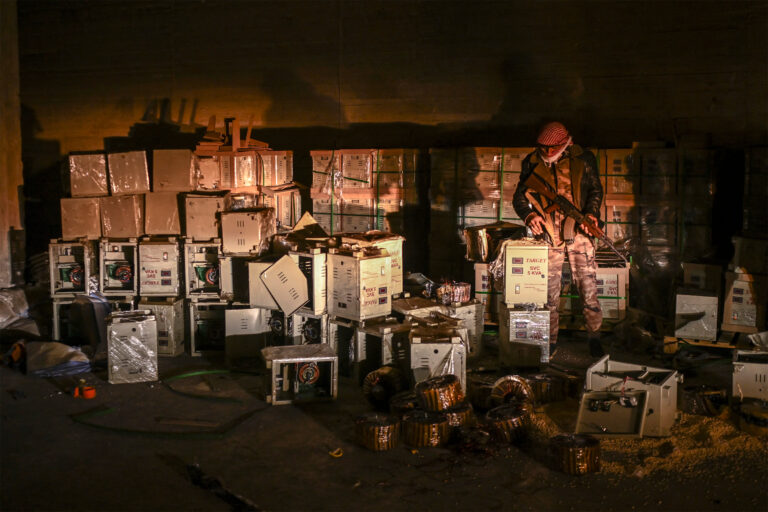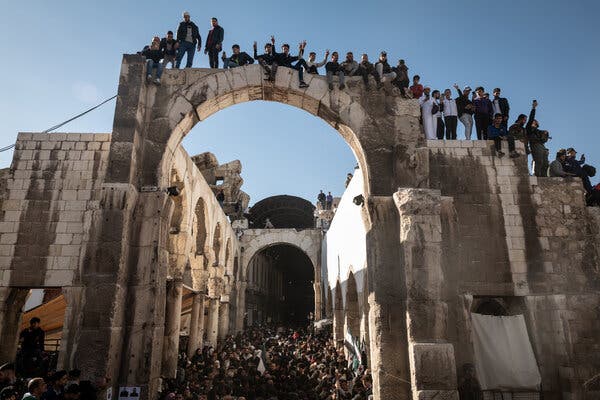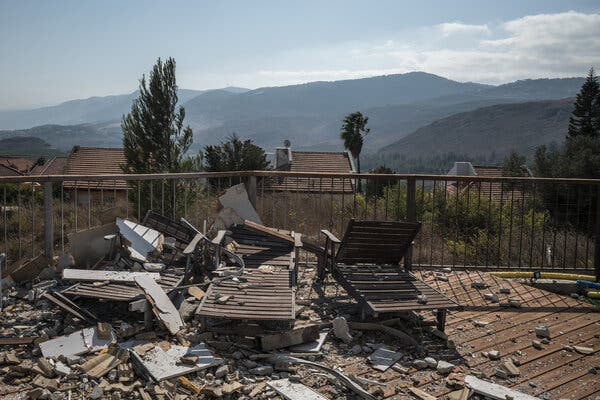A hunger emergency has affected nearly all of Gaza, but the situation is worst for people in the north, where Israeli forces intensified operations this month, the report said.

People in Gaza are so malnourished that they could face famine, and life in overcrowded makeshift camps because of a prolonged Israeli military offensive has made them even more vulnerable, according to a report by experts released on Thursday.
The hunger emergency affects nearly all of Gaza’s population of around 2.2 million, but it is worst for people in the north of the enclave, where Israeli forces have intensified operations this month, according to the report, by the United Nations-backed Integrated Food Security Phase Classification global initiative. It added that many Gazan children under 5 were acutely malnourished.
Since the conflict began more than a year ago, reports by the panel — which is made up of U.N. agencies and international relief groups — have measured the scope of the hunger crisis in Gaza.
Its report in March projected that famine in Gaza was “imminent.” And even though conditions improved from May to August because of a surge of humanitarian assistance, according to excerpts from the report released on Thursday, those gains have been largely reversed over the last two months. The full report is scheduled for release next week, officials said.
“Catastrophic acute food insecurity and concerning acute malnutrition levels will continue to prevail if the conflict continues, and humanitarian activities are restricted,” the report said. Israel has ordered people to evacuate large parts of north Gaza, and these “orders have significantly disrupted humanitarian operations,” the report said.
“Repeated displacements have steadily worn-down people’s ability to cope and access food, water and medicine, deepening the vulnerability of entire communities,” it said.



